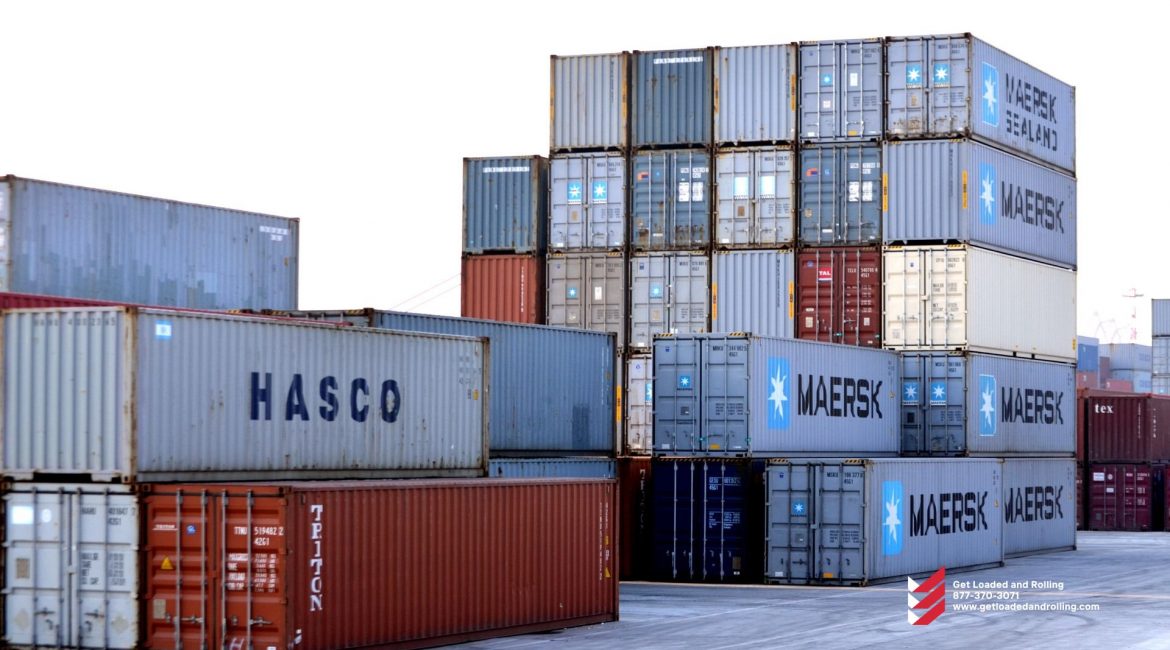According to a new CBRE analysis, rising expectations for the speedy delivery of high-value products have boosted demand for near-airport warehouses and forced tenants to pay significant rent premiums compared to comparable industrial properties in large metropolitan areas.
According to the Dallas-based commercial real estate services and investment firm, average warehouse rentals within a 5-mile radius of major airports are 18.8% more than the region’s average. The study included the 20 busiest airfreight airports in the United States.
Warehouses near major airports are appealing to shippers who need to transfer medications, jewelry, machinery, automobile components, and other valuable goods quickly. Many densely populated airport submarkets with little developable land, such as those near John F. Kennedy International Airport in New York, Los Angeles International Airport (LAX), and Miami International Airport, have a restricted supply of warehouses.
According to CBRE’s analysis, these airport districts and Chicago O’Hare and Philadelphia have rent surcharges of 24% or more. Warehouses near LAX cost roughly 37% more than ones further away. Rent increases will certainly accelerate in these markets due to limited availability and high transportation costs.
In 2021, air cargo volumes increased by 9%. Growth has slowed this year due to uncertain economic conditions aggravated by the Russia-Ukraine war and COVID-19. Still, Boeing anticipates 4.1% compound annual growth until 2040, while Airbus forecasts 3.2% annual growth for airfreight. The appeal of direct-to-consumer parcel delivery is a major driver of new business, with Airbus estimating a 4.7% increase in express cargo.
Increased interest in air cargo is partly owing to wide-scale supply chain interruptions, such as production shutdowns in China due to COVID and power outages, port congestion, and manpower shortages in ground transportation. Flying crucial or out-of-stock products can compensate for delays elsewhere.
Businesses are relocating distribution operations closer to international air terminals to save transportation costs and delivery time. Because of the short distances between airport cargo terminals, freight forwarders can provide later cutoff periods to get shipments on a scheduled aircraft and turn around inbound freight for the last delivery leg to clients.
According to CBRE, another driver of warehouse demand in airport areas is the reshoring of some manufacturing activities.
“Among other factors, the immediacy of e-commerce deliveries and the generally faster pace of business than in previous decades have made airport warehouses a critical link in many supply chains,” said John Morris, CBRE Americas president of industrial and logistics, in a news release about the report. “For the foreseeable future, rents for these homes will continue to exceed market averages.”
According to CBRE, third-party logistics companies have accounted for the majority (42.7%) of lease activity in airport-warehouse markets so far this year. This is a larger percentage than 3PLs claim for overall warehouse leasing in the United States (35.6%). This is because firms frequently use logistics providers to handle the air delivery of small-batch goods.
General retail and wholesale enterprises accounted for 32.2% of lease activity near airports. Food and beverage companies rank third with 5.2%. According to CBRE, companies primarily focusing on e-commerce accounted for less than 4% of near-airport leasing.
Several logistics firms are shifting air cargo operations to cargo-focused airports outside of major hub cities to avoid congestion, delays, and high operating costs. Rickenbacker International Airport in Columbus, Ohio, Rockford Airport in Illinois, Pittsburgh, and Greenville-Spartanburg International Airport in South Carolina have all seen an increase in all-cargo flights since the outbreak began.
Port logistics real estate is in high demand.
When it comes to tight warehouse conditions, airport districts are not alone.
Overall, the provision of distribution infrastructure, particularly around seaports, is not keeping up with demand.
According to a recent report by commercial real estate services firm Cushman & Wakefield, constrained supply and intense competition for space led in a 16.4% year-over-year increase in landlord asking rates in the second quarter. At $7.47 per square foot (psf), national aggregate net asking rentals for warehouse/distribution space topped the $7 mark for the second quarter. As firms compete for scarce space, average net leasing rates exceed asking rents.
The problem is exacerbated for enterprises near large ports.
As of June, seven significant areas near major container ports had vacancy rates of 2% or below, including the Inland Empire near Los Angeles and Savannah, Georgia, which had 0.6%. According to a separate analysis conducted last month by Cushman & Wakefield, the average vacancy rate for all port markets is 2.3%, which is why only 1.1% of total available inventory countrywide was leased in these locations.
Rents for space near and around ports are also priced more than in other sectors due to demand exceeding availability. The average asking rent for port markets finished the second quarter 44.7% higher than the national average of $8.36, at $12.09 psf. Rent increases in the markets nearest the top seven container ports were double-digit.
Industrial areas near major cargo ports had six of the top ten average asking rentals for warehouse space in the country. According to the Cushman & Wakefield survey, taking rents for Class A logistics space were substantially higher in several situations, particularly in new building projects near ports.
In certain situations, rents in New Jersey have exceeded $20 per square foot and even reached $30. On the West Coast, new developments in Los Angeles have earned rents in the high $20s psf, while some rentals for new construction in the Inland Empire have approached the $20 mark.
